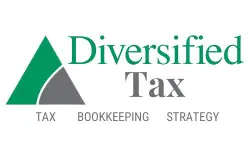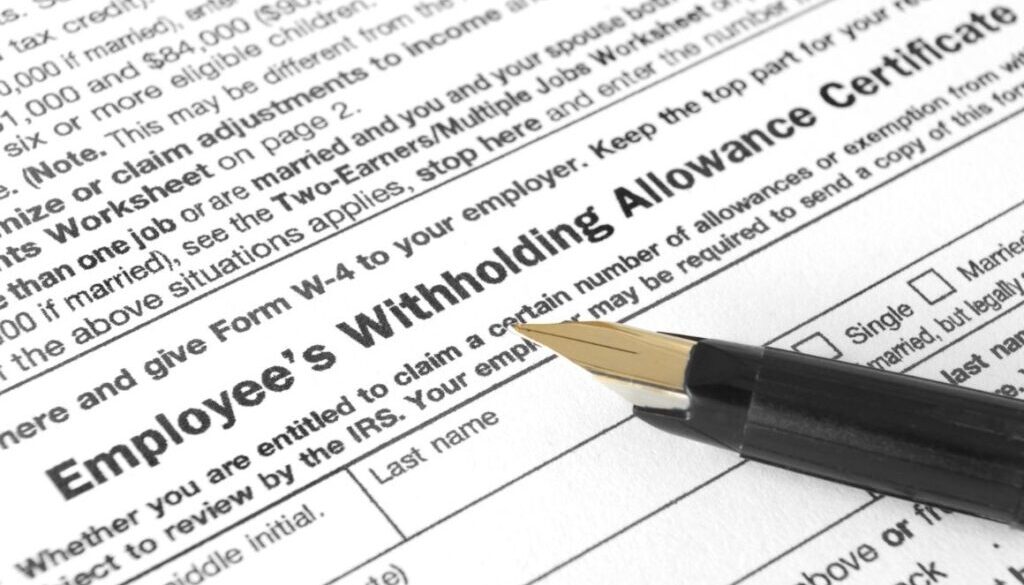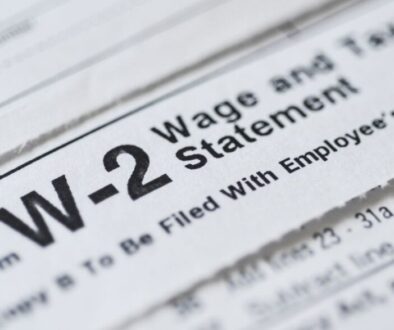What is Backup Withholding
Table of Contents
What is Backup Withholding
Backup withholding is a critical aspect of the tax system that affects various financial transactions. It is essential for individuals and businesses to grasp its implications and requirements. This article delves into the intricacies of backup withholding, including its purpose, who it affects, and how to comply with its regulations.
Backup withholding is a tax withholding mechanism that requires payers to withhold a percentage of certain payments made to payees when specific criteria are met. This withholding is typically applied to payments such as interest, dividends, and other types of income when a payee fails to provide a correct taxpayer identification number (TIN) or when the IRS notifies the payer that backup withholding is necessary.
Purpose of Backup Withholding
The primary aim of backup withholding is to help ensure that the IRS collects taxes on income that may not be reported accurately by the recipient. This mechanism acts as a safeguard against potential tax evasion and encourages compliance among taxpayers. By withholding a portion of the payment upfront, the IRS can secure its revenue stream, even if the payee does not report the income correctly on their tax return.
Common Scenarios for Backup Withholding
Backup withholding may come into play in various situations, including:
- Failure to Provide a TIN: If a payee does not furnish a correct TIN, the payer is obligated to withhold taxes.
- Incorrect TIN: If the TIN provided does not match IRS records, backup withholding may be triggered.
- IRS Notification: The IRS may inform payers that backup withholding is required due to discrepancies in the payee’s tax status.
Who is Subject to Backup Withholding?
Understanding who is subject to backup withholding is crucial for both payers and payees. Here’s a breakdown:
Individuals
Individuals receiving certain types of income, such as dividends or interest, may be subject to backup withholding if they fail to provide accurate TINs or if the IRS issues a notice.
Businesses
Businesses that provide payments to contractors or freelancers may also be required to perform backup withholding if the payee does not comply with TIN requirements.
Foreign Entities
Non-resident aliens and foreign entities may face backup withholding on U.S.- sourced income unless a valid exemption applies.
The Backup Withholding Rate
The current backup withholding rate is set by the IRS and may change periodically. As of recent updates, the rate is 24%. This means that if backup withholding is triggered, 24% of the payment will be withheld by the payer and sent to the IRS on behalf of the payee.
Implications of the Withholding Rate
The withholding rate is significant because it directly affects the cash flow of the payee. A higher withholding rate means less immediate income, which can impact budgeting and financial planning. Payees should be aware of this rate and its implications for their overall tax liability.
How to Comply with Backup Withholding Requirements
Compliance with backup withholding requirements is essential for both payers and payees. Here are the steps to help ensure adherence to these regulations:
1. Request TIN from Payees
Payers should always request the TIN from payees before making payments. This can be done through a W-9 form for U.S. persons or a W-8 form for foreign entities.
2. Verify TINs
Payers must verify the TINs provided by payees against IRS records. This can be accomplished using the IRS TIN Matching Program, which helps confirm the accuracy of TINs before payments are made.
3. Monitor IRS Notifications
Payers should stay vigilant for any notifications from the IRS regarding backup withholding requirements. If notified, they must act promptly to comply with the withholding obligations.
4. Report and Remit Withheld Amounts
Payers are responsible for reporting and remitting any withheld amounts to the IRS using Form 945, Annual Return of Withheld Federal Income Tax. This form outlines the total backup withholding amounts for the year.
How Backup Withholding Affects Tax Returns
Backup withholding has direct implications for how payees file their tax returns. Here’s how it works:
Reporting Withheld Amounts
Payees must report any amounts withheld on their tax returns. The withheld amounts can be claimed as a credit against their total tax liability, which may reduce the amount owed or increase their refund.
Potential for Refunds
If the amount withheld exceeds the payee’s overall tax liability, they may receive a refund from the IRS. This is particularly important for individuals and businesses that may have low or no taxable income.
Avoiding Backup Withholding
While backup withholding is a necessary measure, there are ways to avoid it altogether. Here are some strategies:
Provide Accurate TINs
The most effective way to avoid backup withholding is to help ensure that accurate TINs are provided to payers. This includes double-checking the information on W-9 or W-8 forms.
Correct IRS Notifications
If a payee receives an IRS notice regarding backup withholding, it is crucial to address any discrepancies promptly. This may involve correcting any errors in the TIN or addressing issues related to tax status.
Maintain Good Standing with the IRS
Payees should strive to maintain compliance with tax regulations to avoid backup withholding. This includes filing tax returns on time and helping ensure all income is reported accurately.
Consequences of Non-Compliance
Failing to comply with backup withholding requirements can have significant consequences for both payers and payees. Here are some potential repercussions:
Penalties for Payers
Payers who fail to withhold the appropriate amounts may face penalties from the IRS. These penalties can be substantial and may increase based on the length of non-compliance.
Tax Liabilities for Payees
Payees who have amounts withheld may find themselves facing unexpected tax liabilities if they do not report the withheld amounts accurately. This can lead to complications during tax filing and potential audits.
Conclusion
Backup withholding is a vital component of the tax system that helps ensure compliance and revenue collection. Understanding its implications, requirements, and strategies for avoiding it can help both payers and payees navigate the complexities of tax regulations. By staying informed and proactive, individuals and businesses can mitigate the risks associated with backup withholding and maintain good standing with the IRS.
In conclusion, backup withholding may seem daunting, but with the right knowledge and adherence to IRS regulations, it can be managed effectively. By understanding the nuances of backup withholding, individuals and businesses can help ensure compliance while minimizing the impact on their financial operations.




